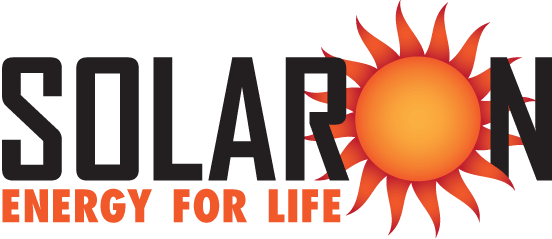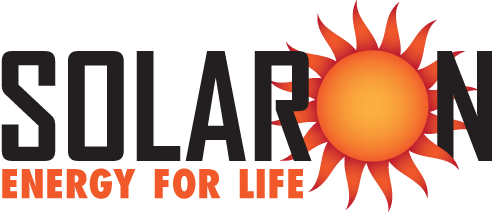
In recent articles, we discussed innovative solar technologies and applications in development for the future. One developing solar technology and material required a little more explanation, so we decided to discuss it on its own. This material is not yet available for mass production, but it may significantly improve the photovoltaic (PV) market.
The Mystery Photovoltaic Material
It’s name is perovskite (the middle syllable gets the emphasis). Perovskite is made of a class of minerals in crystal cube-like structures at an atomic level. It can be synthesized from common chemicals, but it also appears abundantly in nature. In the middle of the 20th century, lab tests discovered that perovskite had photovoltaic abilities. Decades later, research and development efforts have produced experimental solar cells using perovskite that generate electricity at 25% efficiency. Right now, that’s not an improvement over existing technology’s from Maxeon. There are advantages to these cells, however, that warrant further research.
Like amorphous silicon cells, perovskite cells are thin-film solar cells, meaning they are lightweight, thin, and often flexible, opening up 3-D shape applications that might collect more sunlight. They are either printed or deposited on a surface with precision equipment. As a thin-film solar cell, they require up to 20 times less materials to produce than standard solar cells.
Unfortunately, perovskite cells have issues that must be met before mass production is considered. The Solar Energy Technologies Office (SETO) has outlined four main challenges that must be met for perovskite cells to be commercially viable.
Efficiency — Panels featuring perovskite cells need to maintain stability and scale in size while maintaining their energy output.
Stability — Perovskite cells are vulnerable to moisture, oxygen, and extended periods of high heat. Such exposure causes them to degrade rapidly. Current operational lifetimes are far below what standard solar cells offer, especially in relation to the heat question. High heat is fairly common in areas where photovoltaic cells see high use.
Manufacturability — Due to the complexity of current processes, perovskite PV manufacturing is problematic as the intended surface area gets larger.
Feasibility — Any investor or buyer in perovskite wants assurances that their investment will bring profit or benefits. Before the product will receive commercial backing, it must be able to prove its worth.
At this point, perovskite researchers are working on creating reliable modules. These modules would then be combined to create usable panels with sufficient output to make their installation worthwhile.
Now, or Then?
Despite tremendous potential and promise, having a solar system for your home made from perovskite cells is still in the far-off future, so we don’t recommend waiting around for it. Your electric bill certainly won’t wait and utility companies are constantly trying to reduce the benefits that accrue to users of solar panels. But if you get locked into a contract now with your utility company, you ensure better benefits for the future.
So talk to Solaron about getting a PV system with Maxeon solar panels — the best solar panels on the market. Solaron finds the best configuration, the best deals, the best incentives, and the best time to install your solar system so you can save energy and money right now. Give us a call, or schedule a free solar analysis here on our website.

